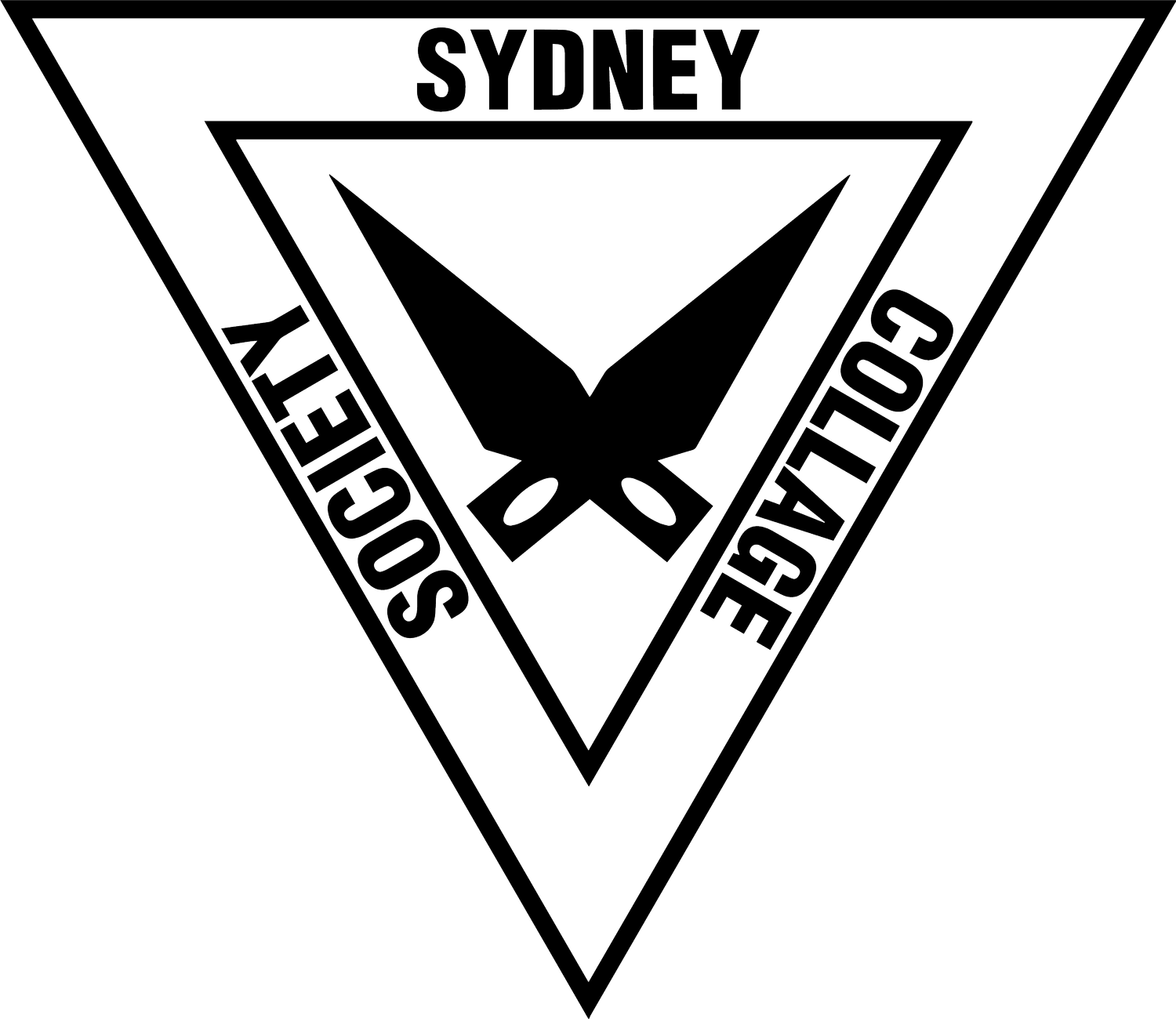Downtime Interview w/ Zoë Croggon
“The process of collage; the reductions, eliminations, the search for harmony and synthesis, are methods of grasping control in a world of relentless image cycles”
— Zoë Croggon, 2025
1) LOCATION?
I am based in Melbourne, Australia. 🇦🇺
2) YEARS COLLAGING?
I’ve been working with collage for over 15 years now (!)
3) WHY IS COLLAGE AN APPEALING MEDIUM?
I am drawn to collage because it is inherently playful and continually surprising. It is both constructive and destructive, it is a way of distilling new forms and collapsing multiple realities into a single frame. It speaks to the fragmentation of time and place, body and mind, memory and history.
When I first started playing with collage in art school, I found it exciting because it was a way of amalgamating images I’d collected over time. It was entirely for my own pleasure. As a child and especially as teenager, whenever I saw a printed image I liked, I would take it to the local newsagents, photocopy it and keep it in a drawer. It was a private way of assembling a self through images, a way of preserving beauty. Although the medium was alien to me as a fine art, it felt like home as a method, it just clicked in. The process of collage; the reductions, eliminations, the search for harmony and synthesis, are methods of grasping control in a world of relentless image cycles. Spending time with discarded printed material or coupling images cleanly can be a way of briefly pausing that rotation, a catharsis of sorts.
4) WHO ARE THE BIGGEST INFLUENCES ON YOUR WORK?
Along with dance, books really are the lifeblood of my work. Literature has underscored my work conceptually for many years and are the springboard for most of my exhibitions. My show ‘Tenebrae’ (National Gallery of Victoria, 2017) was informed by the work of Japanese author Yukio Mishima, ‘Pale Horse Pale Rider’ (Daine Singer, 2021) was influenced by the novel by American author Katherine Anne Porter, ‘Mother Tongue’ (Daine Singer, 2022) was informed by the myth of Philomela as written by Ted Hughes in ‘Tales From Ovid’, to name a few. I’m not interested in illustrating these novels so much as abstractly translating them through my work.
5) ANALOG VS DIGITAL, WHAT ARE THE PROS & CONS OF EACH?
Both are great ways of working with collage, it is a personal choice for the artist to make. I only source analogue printed material, which comes less from a persistent nostalgia and more from the fact that I wouldn't know where to begin looking online, it feels both too nebulous and too specific. That said, I assemble images digitally too, depending on the nature of the work and the project. I like to oscillate between analogue and digital, often after working on collage digitally I find that I want a tactile relationship with my materials, even if it is more precarious and volatile it is probably my preference.
6) WHAT ARE THREE TIPS FOR SOMEONE STARTING OUT IN COLLAGE?
Trust the process, trust the subconscious and have fun
7) HOW DO YOU SPEND YOUR DOWNTIME?
Reading, watching films and trawling the city for old books to use in my work.
8) WHERE DO YOU SEE YOUR ART PRACTICE HEADING?
I’ve never been any good at conceptualising career developments as an artist but my goals are, and have always been, to keep making work and to keep finding pleasure in making.
Other Eyes, 2022, collage of found images and glue on paper, perspex frame, 47.6 x 36.7 x 7 cm
9) WHICH THREE ARTISTS SHOULD WE CHECK OUT?
Marrugeku Dance Company, writer Han Kang, British painter Celia Paul.
10) WHAT MUSIC ARE YOU LOVING RIGHT NOW?
The albums Suzuki by Tosca, Moving Through Here by John Beltran and Blues in the Night by Sonny Clark.
11) UP AND COMING SHOWS OR PROJECTS WE SHOULD KNOW ABOUT?
I will be showing a five channel video work at Larnaca Biennale in Cyprus in October and have a solo exhibition at my gallery Daine Singer in November.
See more 👀
Website: zoecroggon.com
Instagram: @zoecroggon
Gallery: dainesinger.com










